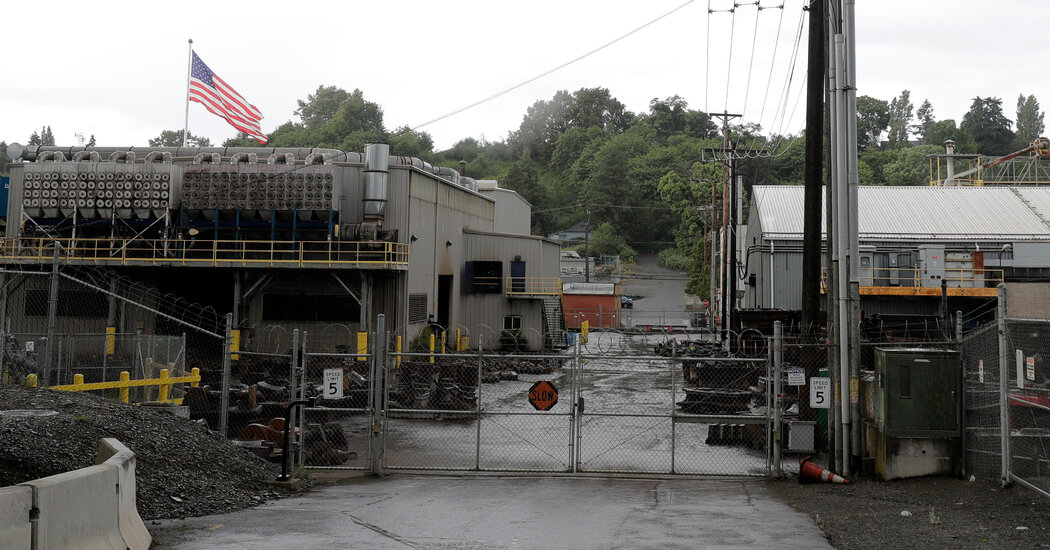Nick
ACCESS: Confidential
- Joined
- 24 September 2009
- Messages
- 111
- Reaction score
- 127
Elaine Thomas was the chief tester at Bradken Inc, a firm that supplied high grade metals to firms building submarines for the US Navy. She has now admitted that since 1985 she faked many of the test results on the products they made - apparently to keep the company in business and herself in a job.
Makes you wonder how many subs and ships are still out there with far weaker hulls than expected. How badly does this affect the current USN fleet?

 www.nytimes.com
www.nytimes.com
Makes you wonder how many subs and ships are still out there with far weaker hulls than expected. How badly does this affect the current USN fleet?

Metallurgist Admits She Falsified Test Results for Steel Used in Navy Submarines
For more than 30 years, Elaine Thomas altered test results for more than 240 steel productions while working for a foundry that provides metal for U.S. Navy submarines.


